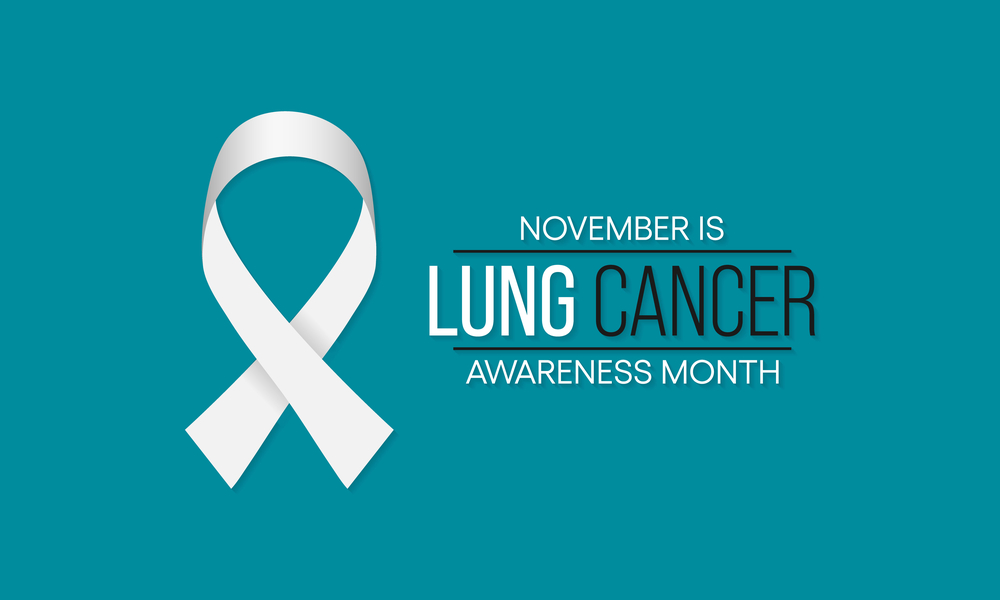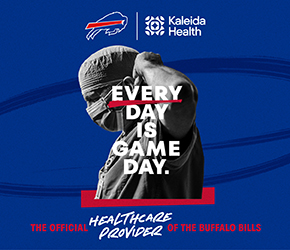Can Non-Smokers Get Lung Cancer?

Courtesy of Roswell Park Cancer Talk Blog
Lung cancer is the leading cause of cancer death worldwide. In the United States, more people die each year from lung cancer than from the other main cancers—breast, prostate, and colon—combined. Although smoking cigarettes (or pipes, cigars, marijuana, and crack cocaine) is the primary cause of lung cancer, non-smokers can also develop it. Currently, 15 to 20% of lung cancers are diagnosed in people who have never smoked.
Roswell Park expert Mary Reid, MSPH, PhD, who expanded Roswell Park’s pioneering Lung Cancer Screening program, discusses key questions about the disease in seemingly low-risk individuals.
How can non-smokers lower their risk of lung cancer?
Some risk factors, such as existing lung disease, previous cancers, and a family history of lung cancer, cannot be changed. But you can take these steps to lower your risk:
- Test your home for radon every two years. Low-cost radon detection kits are available from some state and county health departments, including the New York State Department of Health. If the radon level measures more than 4.0 pCi/L, you should take steps to reduce it.
- Consult an asbestos specialist for asbestos removal in your home.
- Avoid exposure to substances that can cause cancer, such as secondhand smoke, asbestos, arsenic, chromium, tar, nickel, soot, diesel fumes, and others.
- Wear appropriate protective gear at work, like a mask or other equipment, if your job exposes you to harmful substances. Change out of your work clothes and shower before entering your home, or as soon as you arrive.
What are the symptoms of lung cancer in non-smokers?
The warning signs and symptoms of lung cancer are generally the same for both smokers and non-smokers. However, there are some differences in non-smokers that are more likely to be overlooked or dismissed. Lung cancer usually grows subtly over years without causing noticeable symptoms. Because of this, the cancer often remains undetected until it reaches advanced stages, when treatment becomes more difficult. Ask your doctor to evaluate any of the following symptoms:
- Chest discomfort or pain
- A persistent cough
- Repeated upper respiratory infections
- Trouble breathing or wheezing
- Blood in sputum
- Hoarseness
- Loss of appetite
- Unexplained weight loss
- Fatigue
- Swelling of the face and/or neck veins
- Abdominal pain (non-smokers)
- Back pain (non-smokers)
Is lung cancer different in non-smokers compared to smokers?
Yes, we observe a different number and types of genetic mutations and other molecular differences in the tumor DNA from non-smokers versus smokers. This indicates that each cancer may respond (or not respond) to different treatment strategies. The most crucial factor is to diagnose the cancer early to provide the widest range of treatment options.
November is Lung Cancer Awareness Month. For more resources and expert advice, visit roswellpark.org/lung or call 1-800-ROSWELL (1-800-767-9355).











